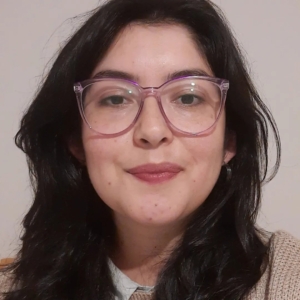Architect, specializing in heritage and universal accessibility. She is currently developing her Master’s thesis in Architectural and Urban Heritage UBB around the transformations experienced by the buildings built by the coal industry in the Lota Alto sector. In her professional practice she integrates values such as working with a gender and inclusive perspective, learning about unionism and the preservation of personal memories through the recording of soundscapes.
Project Statement:
Post-industrial adaptive reuse and social value: case study installation of CFT Lota- Arauco in buildings of the former ENACAR (National Coal Company). Lota Alto, Biobío Region, Chile.
The research studies the social value of adaptive reuse applied to the case study of the installation of the Lota Arauco Technical Training Center (Lota, Chile) in heritage buildings that were part of the urban equipment built by the National Coal Company (ENACAR), whose operation closed in 1997, after more than a century of history. The set of industrial heritage architecture built between the 1930s and 1940s in Lota Alto, which is addressed as a case study, played a role in the urban life of different generations during its original use. It served social uses such as supply, payment of salaries, administrative procedures, leisure and social life. These functions became obsolete 27 years ago and have since been replaced by academic and community activities. The analysis is approached with methods and tools that seek to establish interdisciplinary bridges between architecture and social sciences. Its development is ascribed to the model of Collaborative Research Action (Rock, 2024) applied in the ANID FONDECYT research project to which this study is attached. This model proposes that research should be collaborative and capable of enabling the co-design of research, overcoming the extractivist attitude towards a research context. This in-depth description of the architectural transformation and its social value is considered fundamental for learning about the future of heritage reuse in a postindustrial context in southern Chile. It is a call for reflection on the resilience of industrial cities and the urgency of foreseeing plans that, learning from what was experienced in the coal zone, allow for the continuity of the functioning and history of territories in contexts of change.





